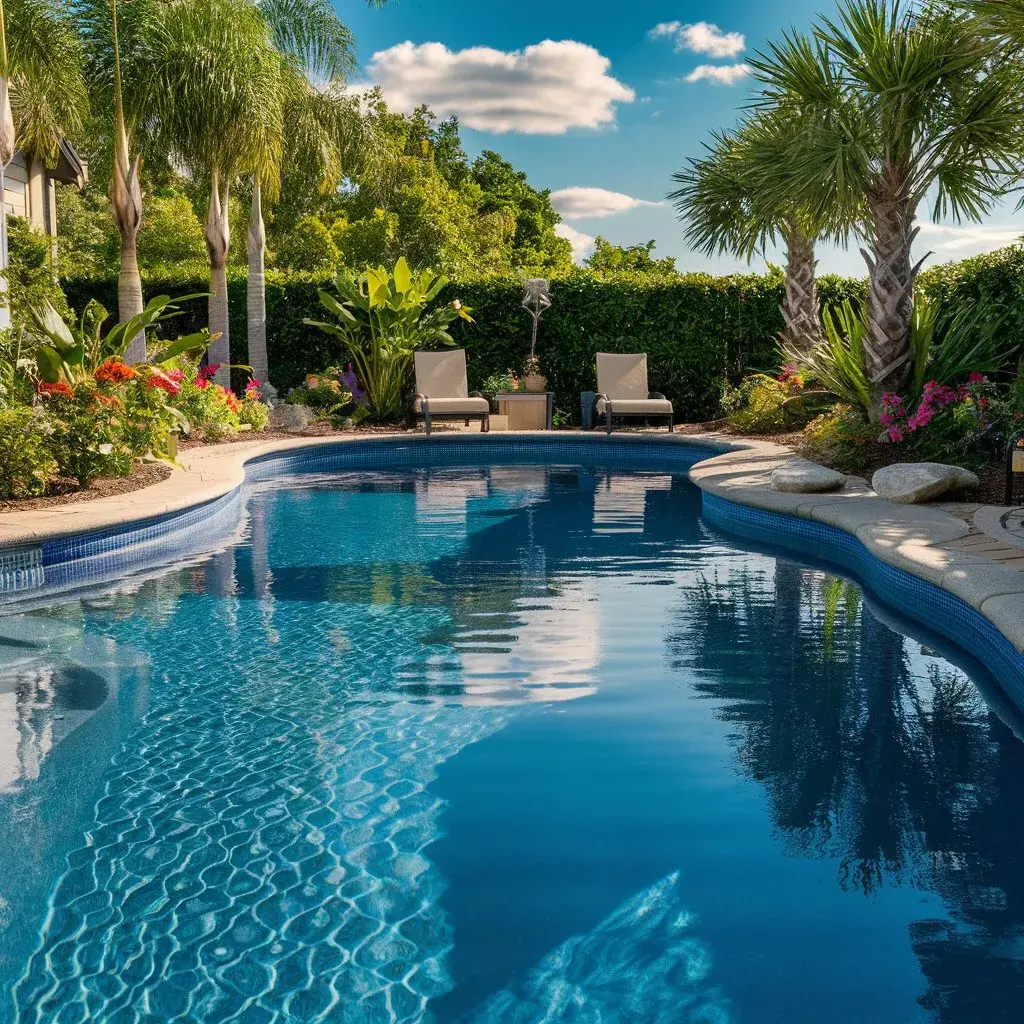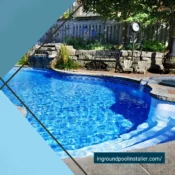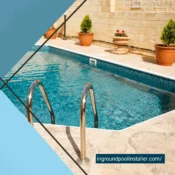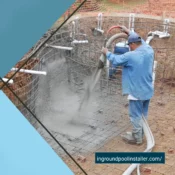Vinyl Liner Pools Vs. Other Types: Analyzing Costs, Customization, and Durability

Vinyl Liner Pools Vs. Other Types: Analyzing Costs, Customization, and Durability
In the realm of residential swimming pools, the decision between vinyl liner pools and alternatives such as concrete or fiberglass involves a multifaceted evaluation of cost, customization, and durability. While initial investments in vinyl liner pools are markedly lower, the recurring expense of liner replacement every 5 to 9 years can accumulate, potentially offsetting the initial savings. Moreover, their high degree of customizability allows homeowners to tailor designs to specific aesthetic desires and spatial constraints, which is a significant advantage. However, the durability of vinyl, prone to damage from sharp objects and intense sun exposure, poses challenges that merit consideration. This comparison raises important questions about long-term satisfaction and financial prudence in pool selection, where the expertise of an inground pool installer can play a crucial role.
Comparing Pool Costs with an Inground Pool Installer
While evaluating the cost of vinyl liner pools, it is essential to consider both the initial installation expenses and long-term maintenance costs compared to other pool types. Vinyl liner pools typically present a lower upfront cost, which is a significant advantage for many homeowners. When compared to concrete or fiberglass pools, the initial investment can be considerably less, often making vinyl liner pools an accessible option for families seeking to enhance their home life without overextending financially.
However, it's crucial to consider maintenance expenses. Vinyl liners are susceptible to tears and may require replacement approximately every 5 to 9 years, depending on usage, care, and the environment. This factor contributes to the overall cost of ownership and should be weighed carefully. Additionally, the chemical balance of the water needs to be diligently maintained to prevent liner degradation, adding to the regular upkeep costs.
Joining a community of vinyl liner pool owners can provide invaluable support and advice, helping to manage these ongoing expenses effectively. Sharing experiences and maintenance tips can not only ensure the longevity of your pool but also foster a sense of community and belonging among pool owners who prioritize practical and cost-effective solutions for enhancing their home environments.
Customization and Durability Differences
Vinyl liner pools offer substantial customization options and distinctive durability characteristics when compared to concrete and fiberglass alternatives. Homeowners can choose from a myriad of liner patterns, colors, and designs that align seamlessly with personal aesthetics or landscape themes. Beyond aesthetics, vinyl liners are soft to the touch and non-abrasive, enhancing the swimming experience. The adaptability of vinyl also permits unique pool shapes and sizes, accommodating virtually any space and enabling a tailored backyard oasis.
However, durability is a nuanced consideration. Vinyl liners typically have a lifespan of 5 to 9 years before requiring replacement, depending on maintenance and usage. This contrasts with the robustness of concrete and the longevity of fiberglass pools, which can last decades with proper care. The susceptibility of vinyl to punctures and tears from sharp objects and pets is also noteworthy. Yet, many find the lower upfront cost and ease of liner replacement an acceptable trade-off for its shorter lifecycle.
In essence, the choice between vinyl liner pools and their concrete or fiberglass counterparts depends greatly on one's value of customization versus long-term durability. Engaging with a community of fellow pool owners can provide further personalized insights, making the decision process more inclusive and informed.
In conclusion, when deciding on a pool type, one must weigh initial affordability against long-term investment.
Vinyl liner pools, while cost-effective initially, embody the adage 'you get what you pay for,' requiring frequent replacements that may elevate the lifetime cost.
However, their superior customization and comfort make them an attractive choice for those prioritizing aesthetics and tailored design.
Ultimately, the selection between vinyl liner, concrete, and fiberglass pools hinges on balancing cost, customization, and durability to meet specific needs and preferences, with the expertise of an inground pool installer playing a pivotal role in achieving the desired outcome.
All Categories
- Concrete
- Concrete
- Concrete pools
- Construction
- Custom Features and Add-ons
- Design
- Design
- Design
- Design & Construction
- Design and Planning
- Features & Customization
- Infinity edge
- inground pool
- inground pool builder
- inground pool installer
- Installation
- Installation Process
- Legal & Administrative
- Materials
- planning and design
- Pool Aesthetics and Customization
- Pool Design
- Pool Equipment
- Pool Features
- Pool Features
- Pool Installation Process
- Pool Materials
- Pool Materials
- Pool Types
- Project Planning
- Renovation
- Resurfacing
- top sights
- Types of Inground Pools
- Types of Inground Pools
- Types of Inground Pools
- Types of Inground Pools
- Water Treatment



